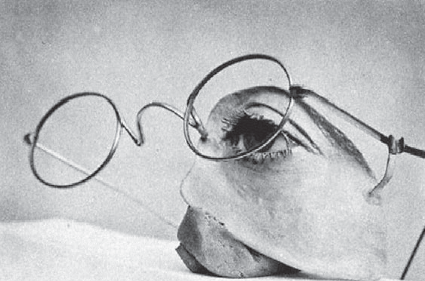Science and War: An interdisciplinary approach to the history of modern warfare
Prof. Sue Grayzel and I taught this class in 2014. We selected aspects of technology that emerged during wartime in 20th century European war primarily. For both Sue and I, this experience remains our most open exploration as teachers. Students had assigned readings, and class meetings were either lecture format or discussion. The contrast in styles between the two of us was striking, and both of us enjoyed the class immensely. Students were along for the ride. The topics were quite wide-ranging and varied from smelting metal from stone, gunpowder, radio technology, surgical techniques, anesthesia, antibiotics, sexually transmitted diseases and other topics. The very coolest part of our collaboration was how our interests complemented each other. We would talk about the same events from very different points of view. I was often reminded that I have the tendency to get swept into the technical aspects of a topic and lose sight of the human toll of the technology, a hard thing to admit about myself.
Two specific topics are highlighted below.
Prostheses: We covered the factors the led to survival of soldiers with profound injuries and the need to reintegrate them into society. Shown below is a prosthesis that was developed by a team of artists that did very specific and realistic reconstructions of the facial features for soldiers that were severely injured during trench warfare during WWI. We also spent significant time talking about modern advances in replacement of limbs or reconstruction of tissue in soldiers and civilians that have survived more recent wars. Current technology is perfecting stem cell seeding of templates for reconstruction, transplantation, and neurologically controlled mechanical prostheses.

Morality of Air vs Chemical Warfare: I personally enjoyed discussions and readings around the topic of the co-emergence of air and chemical warfare into the public arena in WWI. Haldane’s book Callinicus (1925) makes the case that chemical warfare is at least as humane as air warfare, a terrifying enterprise that the US has long since embraced as one of the three pillars of our war effort. These readings were juxtaposed to discussions of Obama’s rather liberal use of drones to target enemies of the US government in sovereign nations abroad.